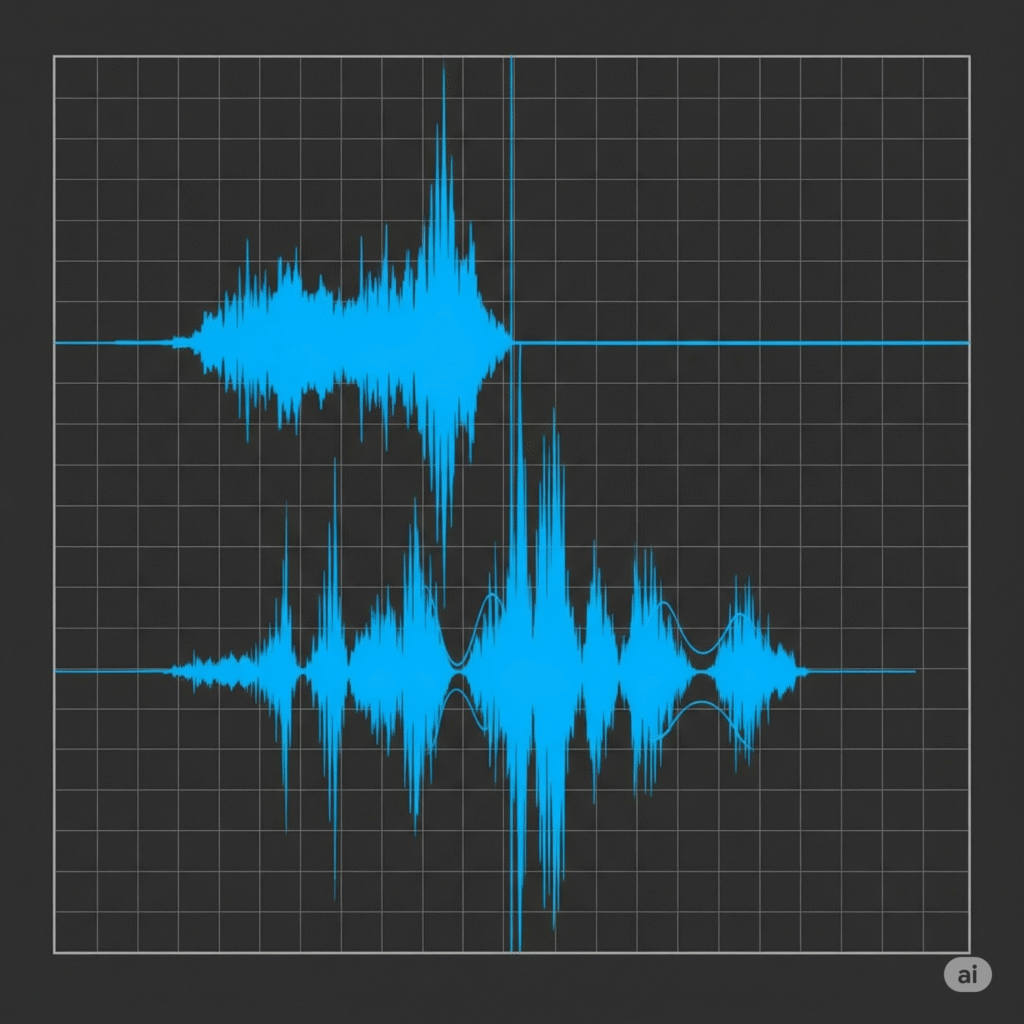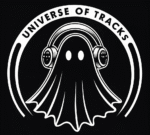The Ultimate Guide to Crafting a Powerful Future Rave Banger

Future Rave, the genre championed by titans like David Guetta and MORTEN, has taken the mainstage by storm. It’s a powerful blend of trance-like melodies, aggressive techno-inspired basslines, and explosive drops. But how do you actually create one?
In this ultimate guide, we’ll deconstruct the core elements of a Future Rave track, giving you the building blocks to craft your own festival-ready anthem.
The Foundation: Kick & Bass
The relationship between the kick and bass is everything in Future Rave. It needs to be tight, powerful, and clean.
- The Kick: Forget boomy, long-tailed kicks. You need a short, punchy, and aggressive kick drum. Think of a modern techno kick. It should have a sharp transient to cut through the mix and a very short decay. Process it with some saturation and a transient shaper to make it pop.
- The Bassline: This is the signature element. It’s typically a gritty, distorted, off-beat bass sound, often created with synths like Serum or Vital. The key is in the processing: use heavy distortion (like FabFilter’s Saturn or a simple amp simulator) and sidechain compression triggered by the kick. The sidechain needs to be aggressive, creating that iconic pumping effect that leaves space only for the kick drum to hit.

The Soul: The Lead Melody & Arpeggio
This is where the trance influence shines. The lead melody is what gives the track its epic, emotional core.
- Sound Design: Use a supersaw or a similar detuned saw-wave patch. Layer multiple synths to create a rich, full-bodied sound. One layer can provide the main body, another can add a high-end “air” or sparkle.
- The Melody: Think big. The melodies are often simple but anthemic, with long, soaring notes and a clear, memorable progression. They build tension during the breakdown and provide the payoff in the drop.
- The Arp: An arpeggiated layer often sits subtly underneath the main lead, adding movement and energy. A simple, fast-paced arp playing the root notes of the chords can work wonders.
The Energy: Drums & FX
Beyond the kick, the percussion and effects are crucial for creating energy.
- Claps & Snares: Use punchy, modern claps or snares on beats 2 and 4. Layering a clap with a snare can create a unique, powerful sound.
- Rides & Hats: A driving off-beat ride cymbal is a staple of the genre. It provides the high-frequency energy that keeps the track moving forward. Use open and closed hi-hats to create intricate, rolling patterns.
- FX: Don’t be shy with effects. Use massive reverb on the lead melody during the breakdown to create a sense of space. Use white noise sweeps, risers, and impacts to build tension and signal transitions. A downlifter before the drop helps to create a vacuum of energy that makes the drop hit even harder.
The Structure: Building Tension and Release
A typical Future Rave structure looks something like this:
- Intro: Introduce the kick and some atmospheric elements.
- Buildup 1: Bring in the bassline and some percussive elements.
- Drop 1: Unleash the kick, bass, and a teaser of the main melody.
- Breakdown: This is the emotional core. Drop the drums and bass, and let the main lead melody and atmospheric pads take over. Build tension with risers and snare rolls.
- Buildup 2: Reintroduce the drums, building towards the main drop.
- Drop 2: The main event. Kick, bass, lead melody, arps—everything comes together for maximum impact.
- Outro: Fade out the elements, leaving a lasting impression.
By mastering these core components, you’ll have all the tools you need to start producing your own powerful Future Rave bangers. Now, open your DAW and start creating!

